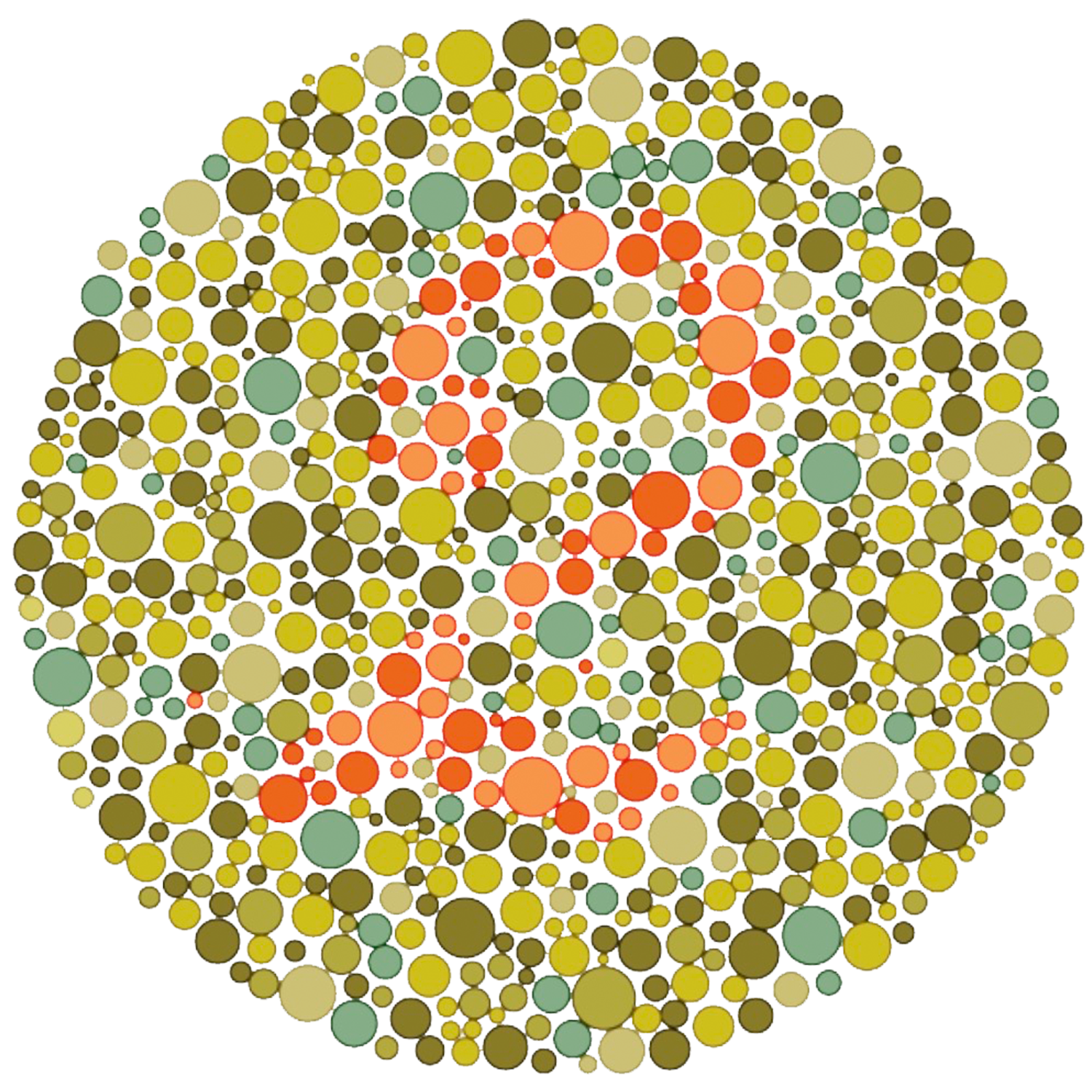Imagine a world where a vibrant rainbow is just a dull blur of grays and browns. For those with color blindness, this is their everyday reality. But what about our little ones? Can a two-year-old be color blind? The answer might surprise you. While color blindness, also known as color deficiency, is usually diagnosed in older children and adults, catching it early can be crucial for a child’s development.

Image: gotlopez.weebly.com
This article delves into the world of color blindness in toddlers, exploring how to identify potential signs, what tests are appropriate, and most importantly, what steps to take if your child may have this condition. It’s important to remember that this information is for educational purposes only, and a professional diagnosis is critical.
Understanding Color Blindness in Toddlers
Color blindness is a condition where a person can’t see certain colors or can’t perceive color differences the way others do. It’s often inherited, passed down through genes, and affects males more frequently than females. There are different types of color blindness, each impacting the perception of different colors.
While some adults might be aware of their color blindness from a young age, it can be more challenging to identify in toddlers. This is because young children are still developing their language skills and may not be able to communicate their visual experiences effectively.
Signs of Color Blindness in Two-Year-Olds
Despite the challenges, there are a few clues to watch for that might suggest color blindness in a two-year-old:
- Delayed Language Development: Kids with color blindness may struggle to learn color names or may misidentify colors. They might point to a blue object and call it green, for instance.
- Difficulty with Sorting Tasks: Simple activities like sorting blocks by color might seem challenging. They may place blue blocks with green blocks, showing they don’t perceive the difference.
- Avoiding Colors in Play: Does your child seem to shy away from certain colors during playtime? This could be a sign they are struggling to see them.
It’s important to note that these signs alone are not definitive proof of color blindness. Other factors, like delayed language development or simply a preference for certain colors, could be at play.
Color Blindness Tests for Toddlers
While a definitive color blindness test can’t be administered until a child develops more advanced language skills, there are ways to assess potential issues early on:
- Color Perception Tests: These test kits use a variety of brightly colored objects and toys to assess if a child can distinguish between them. Parents can try simple versions at home.
- ISIHARA Test: This standard test for color blindness uses multiple plates with dots of different colored hues. Children are asked to identify the numbers or shapes embedded within the dots. However, the ISIHARA test is generally suitable for older children with developed language skills.
- Red/Green Color Vision Test: This test uses a red and green color combination to check if your child can differentiate between the two colors accurately. Again, this test should be done by a professional who can observe the child’s responses in a controlled setting.

Image: dxomgpxriq.blogspot.com
Important Considerations
- Early Intervention: Identifying color blindness early can be beneficial. It allows for early intervention and adaptation strategies, ensuring a child’s smooth development.
- Professional Evaluation: While the signs mentioned above may be suggestive, a comprehensive diagnosis can only be made by a qualified eye doctor or an ophthalmologist.
- Normal Development: Keep in mind that children learn and develop at different paces. Some may acquire language skills earlier and develop color perception quicker than others.
Tips for Parents
- Be Observant: Pay attention to your child’s development, especially their interaction with colors.
- Engage in Play-Based Activities: Incorporate color-based games and activities into your child’s routine. This helps highlight any potential gaps in their color perception.
- Talk to Your Pediatrician: If you have concerns, consult your child’s pediatrician.
Color Blind Test For 2 Year Old
Conclusion: A Bright Future Ahead
Color blindness, while a visual difference, doesn’t have to hold a child back. Early detection and appropriate support can equip children with the tools they need to navigate the world brightly, regardless of their ability to see certain colors. Having open communication with your child’s doctor and following their guidance can make a world of difference in your child’s journey, ensuring they thrive in all areas of life. The world, with all its colors, awaits.






